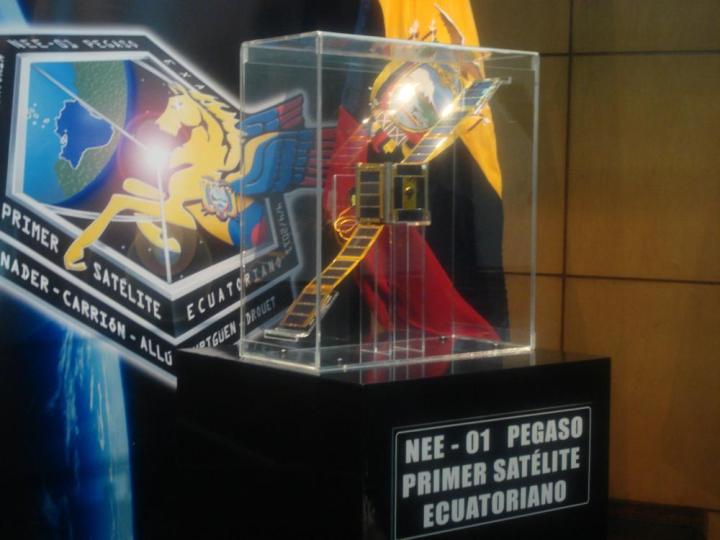
Ecuador is known for its UNESCO World Heritage Sites and the Galapagos Islands, but you probably didn’t realize this small South American country also boasts a space agency. The Ecuadorian Civilian Space Agency (EXA) is a nonprofit, privately funded organization established in 2007 to promote research and education. While it can’t compare to the mega space agencies of the U.S., Russia, Europe, and China, EXA will make some history tonight when it launches the NEE-01 Pegaso, the country’s first satellite.
Designed and built entirely in Ecuador, the small satellite will orbit approximately 400 miles above the planet. Named after the winged horse of Greek mythology, Pegasus, the satellite will be used for scientific research, education, and technology demonstration, as well as to help detect near-Earth objects.

For the rest of us, there’s a visual treat in store. EXA has partnered with EarthCam to mount a live streaming camera on the satellite that users can tap into from the Web. EarthCam is a New Jersey-based company that provides webcam content and services to companies and government agencies for monitoring purposes; their Earthcam.com network of global webcams let you visit sites like Times Square as a virtual tourist, and soon you can add outer space to the list of places (befitting the company’s name). Once the satellite is in orbit, viewers will be able to log on and view the Earth and beyond. (EXA had started an Indiegogo campaign last year to help raise funds for the video-streaming component, but it seems they had raised only $1,125 of the $450,000 goal; we are assuming EarthCam helped fund the rest.)

The satellite’s launch is scheduled for April 26, 12:13 a.m. ET, weather permitting. Viewers will be able to watch the blast-off from Beijing via Earthcam.com and EXA’s website. You can read the original press release about the project here, and view videos about the satellite at the Indiegogo page.
(Images via EXA and EarthCam)


